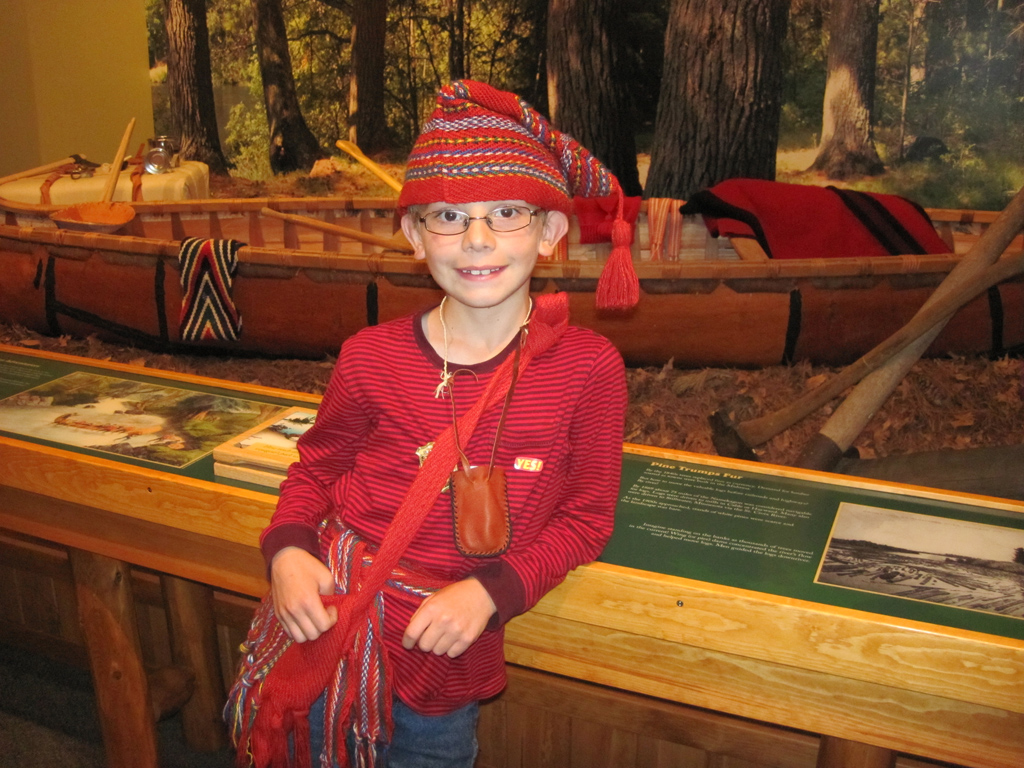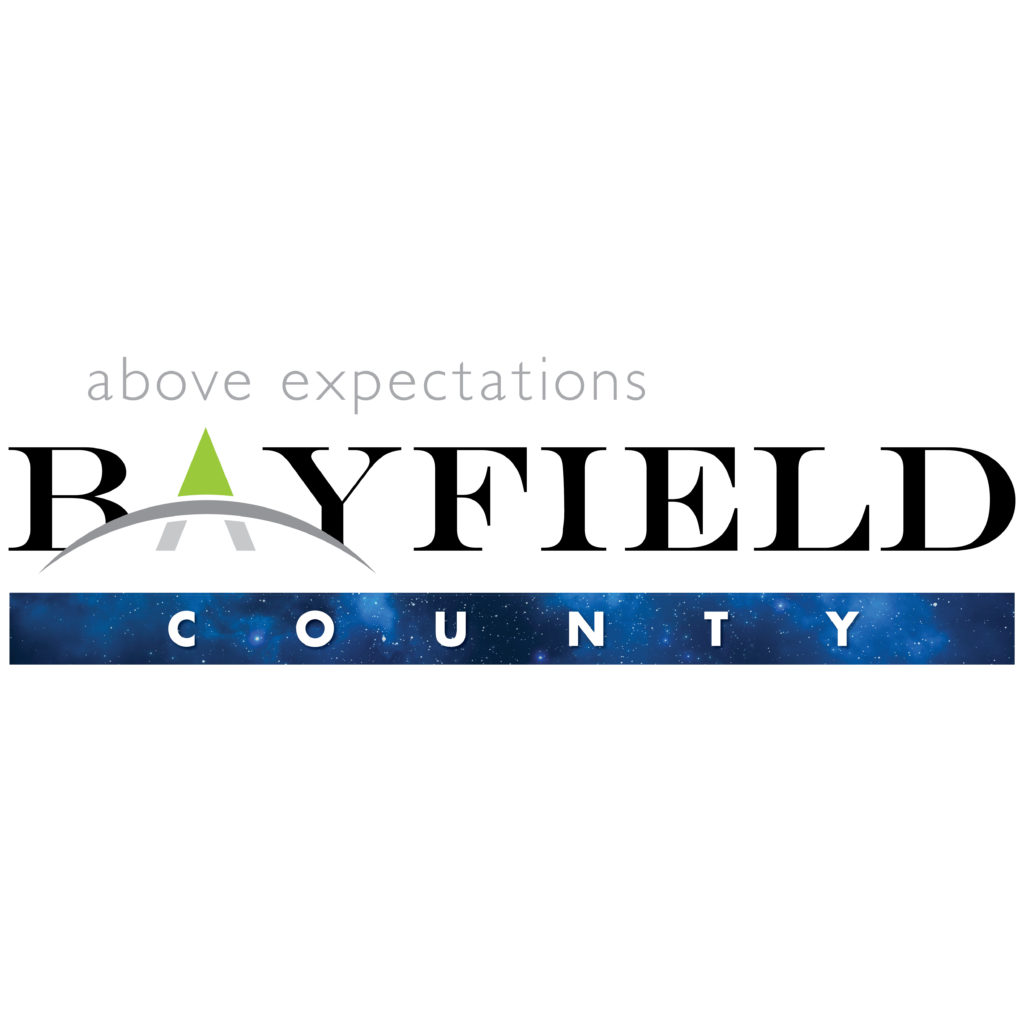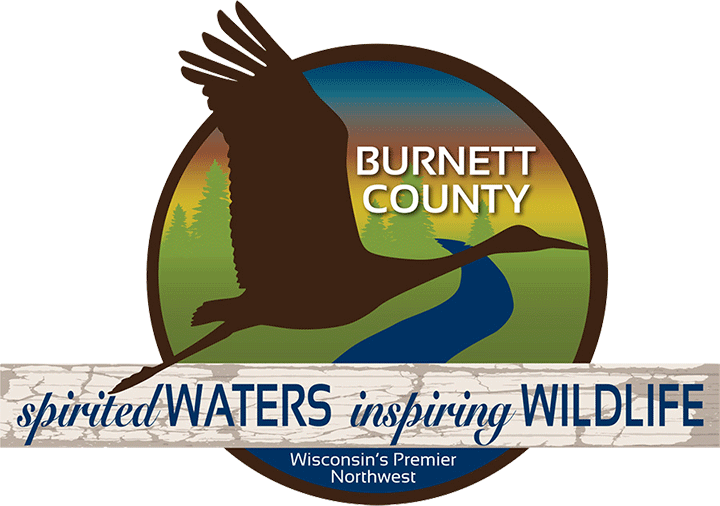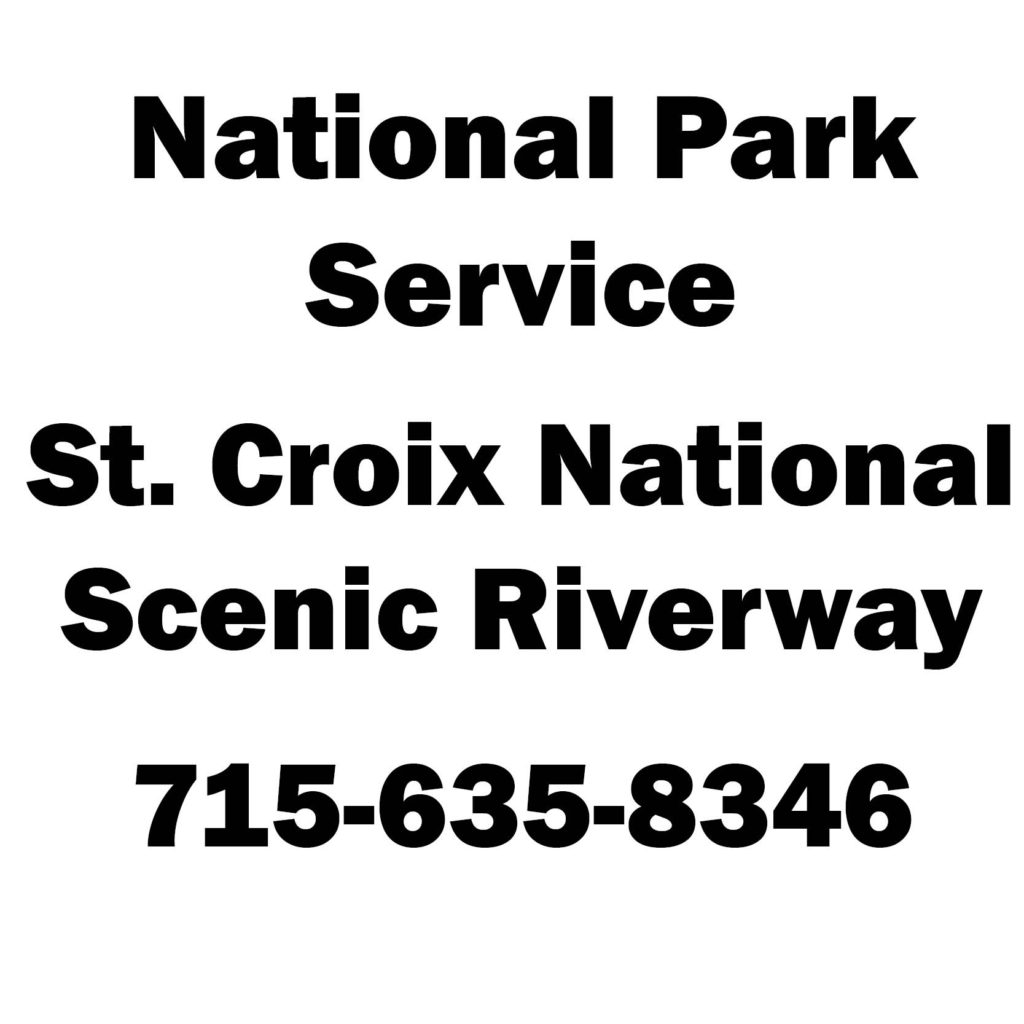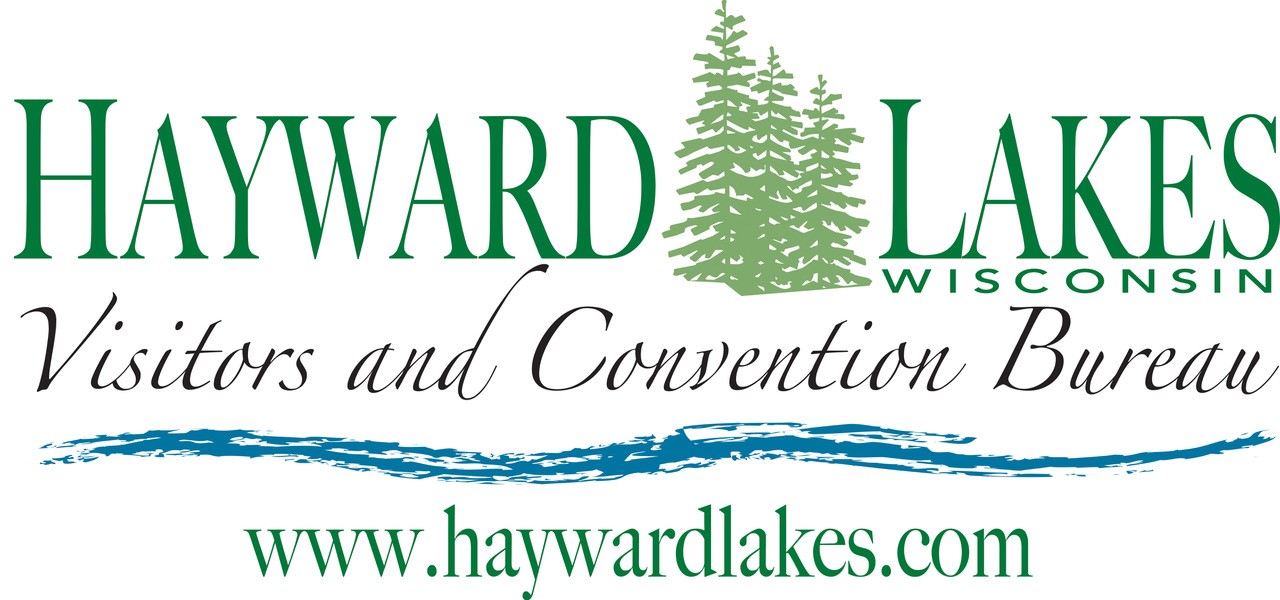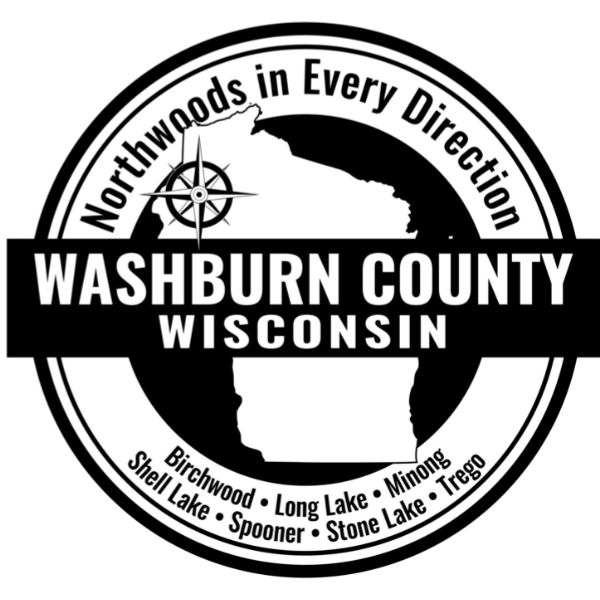History of the Namekagon
The Namekagon begins in southern Bayfield County at Lake Namakagon. From there it flows southwestwardly through Sawyer and Washburn Counties into Burnett County where it meets up with the St. Croix. The name "Namekagon" comes from the Ojibwe word "Namekaagong-ziibi", meaning "river at the place abundant with sturgeon."
The Namekagon was used as a main "highway" for years during the timber boom. It was an integral part of the transportation of the logs down-river to the St. Croix. Far earlier than even the 1800’s timber boom, the river was heavily used by explorers, missionaries, and fur-traders traveling the Namekagon route between the St. Croix and Chippewa rivers.
Near the Namekagon River Visitor Center in Trego stands a historical marker that reads:
"Here on the Great South Bend of the Namekagon was a natural camp-site, home of a band of Chippewa Indians and long used by explorers, missionaries, and fur-traders traveling the Namekagon route between the St. Croix and Chippewa rivers.
In 1767 Jonathan Carver passed this way, downstream on his way from Prairie du Chien to Lake Superior via the Namekagon, St. Croix and Brule rivers. Henry Schoolcraft passed here in 1831 enroute from Lake Superior to the St. Croix.
During the 1870's, ox teams hauled logging supplies on the tote road from Stillwater to Veazie Settlement, located two miles up river where the great Veazie Dam impounded water for log drives down the Namekagon to Stillwater. "
